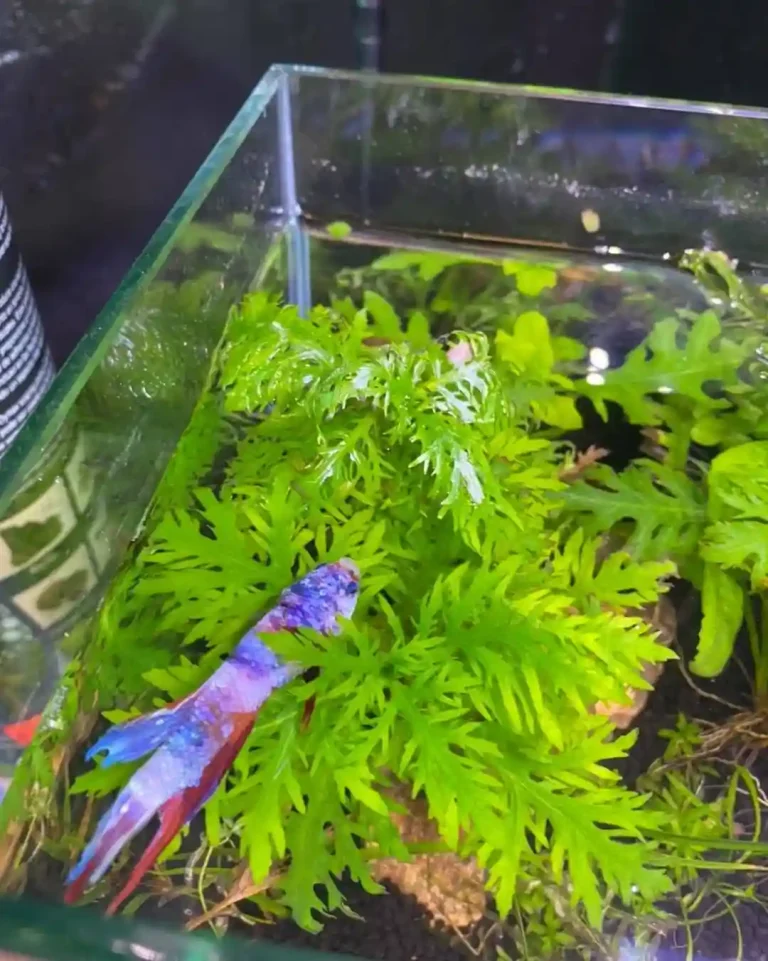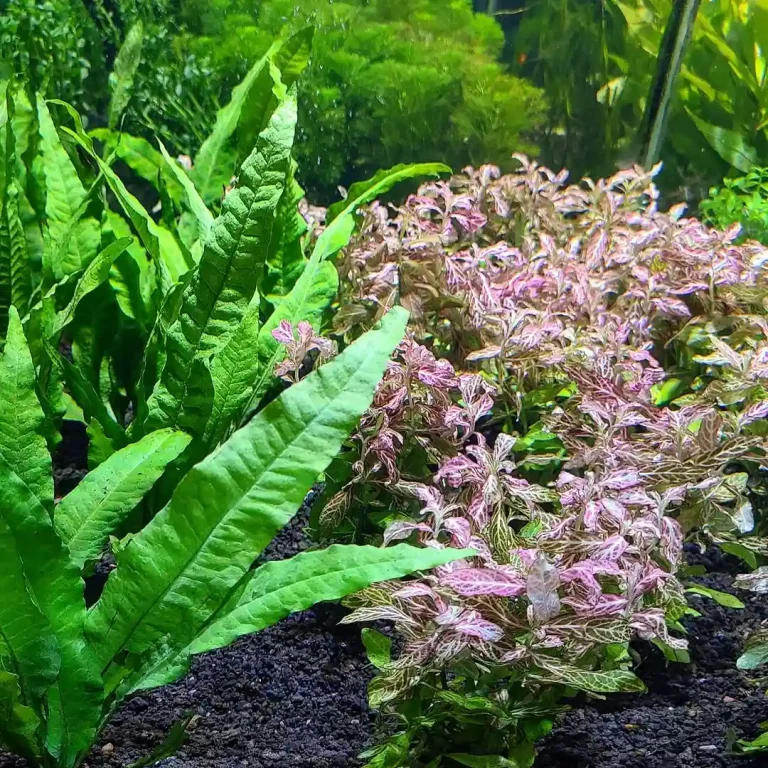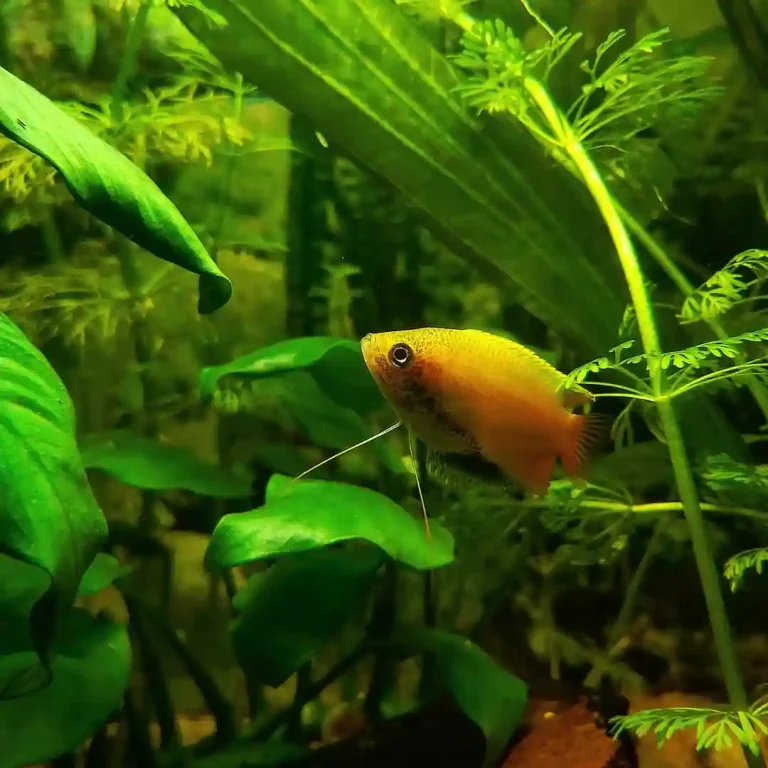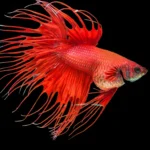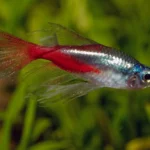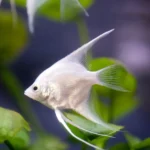Aquarium plants do more than just look pretty they help filter the water, reduce algae, and give fish a more natural home. Whether you’re just getting started or want to improve your tank’s layout, this guide walks you through the essentials of choosing, planting, and caring for live aquatic plants.
Why Add Live Plants to Your Aquarium?
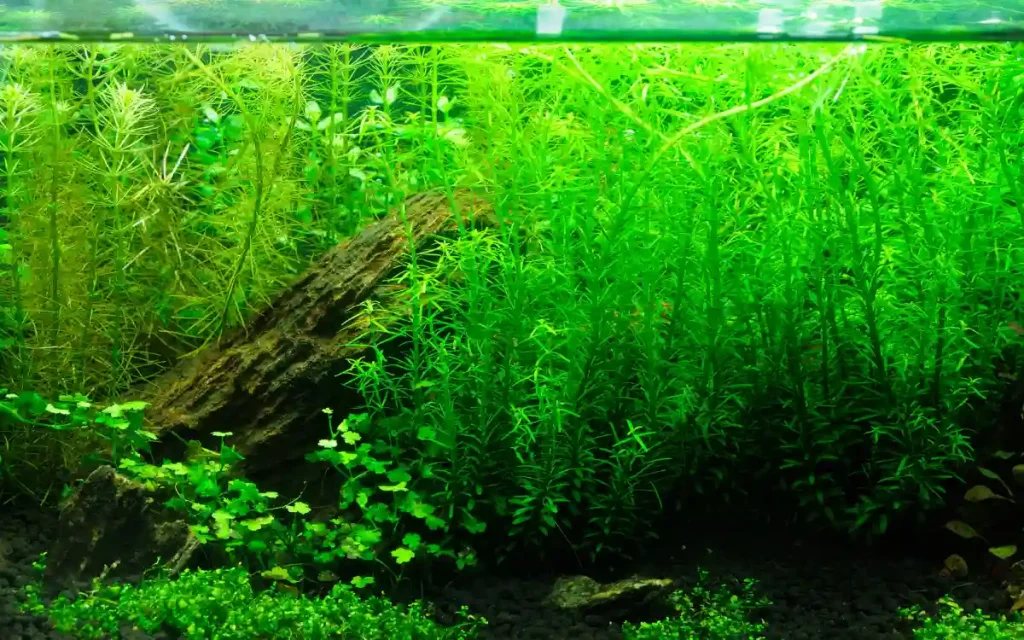
Live plants provide many benefits:
- Absorb ammonia, nitrates, and waste
- Offer natural shelter and shade for fish and fry
- Compete with algae for nutrients
- Improve oxygen levels during the day
- Help stabilize water parameters
A planted tank also gives you the chance to express creativity through aquascaping. Want to try it? Start with our Aquascaping for Beginners guide.
Main Types of Aquarium Plants (By Placement)
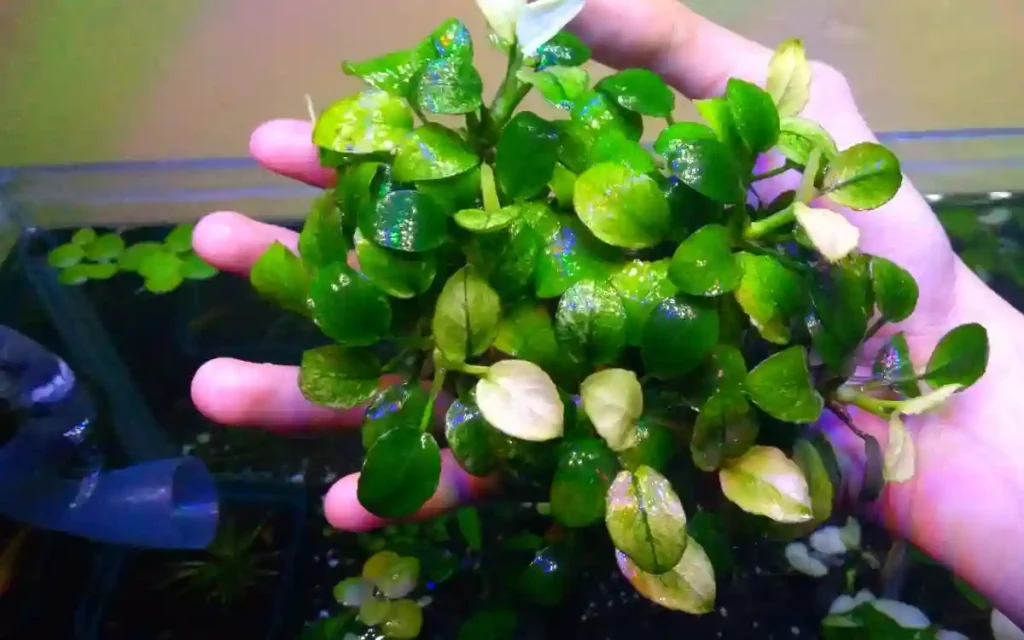
Foreground Plants
Short, spreading plants that create a green carpet along the substrate.
- Examples: Dwarf Hairgrass, Monte Carlo, Java Moss
- Great for nano tanks and aquascaping layouts
➤ Explore: Aquarium Carpet Plants
Midground Plants
These fill the middle zone of the tank, adding fullness and depth.
- Examples: Cryptocoryne, Anubias, Hygrophila
➤ See: Fast Growing Aquatic Plants
Background Plants
Tall, fast-growing species placed in the back of the tank.
- Examples: Amazon Sword, Vallisneria, Water Wisteria
➤ Browse: Low Light Aquarium Plants
Floating Plants
These float at the surface and help diffuse light.
- Examples: Duckweed, Frogbit, Water Lettuce
- Good for shrimp tanks and fry protection
Epiphyte Plants
Attach to driftwood or rocks—don’t plant in substrate.
- Examples: Java Fern, Anubias, Bucephalandra
➤ Related Read: Plants for Cherry Shrimp
Beginner Friendly Aquarium Plants

Start with hardy, slow-growing plants:
- Java Fern
- Anubias
- Hornwort
- Amazon Sword
These plants are also featured in our Low Light Plants List.
What Plants Match Your Tank Setup?
Tank Size
- Small/Nano Tanks: Go for compact species like Monte Carlo, Anubias nana
- Large Tanks: Mix tall background plants with foreground carpets
Lighting
- Standard LEDs: Fine for low-light plants
- High-intensity lights: Needed for red plants and carpets
Substrate Types
- Gravel or sand: Add root tabs
- Planted soil: Works best for root-feeding plants like Amazon Sword
CO₂ Systems
- Optional for most hardy plants
- Helpful for: Monte Carlo, red plants, dense aquascapes
- Start with liquid CO₂ or DIY setups for beginners
➤ Want to learn more? Read CO₂ for Aquariums: Beginner’s Guide
Fish Compatibility
- Goldfish: Tend to eat or uproot soft plants. Use tough ones like Java Fern.
- Cichlids: Stick with epiphytes attached to rocks or wood
➤ Read: Best Plants for Goldfish Tanks
How to Plant and Maintain Aquarium Plants
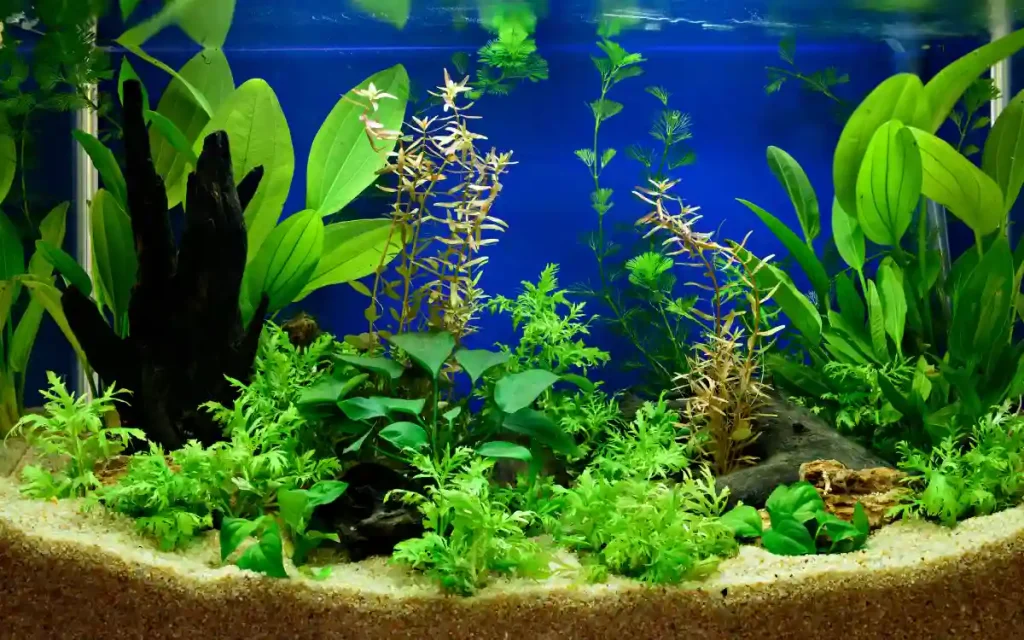
- Use nutrient-rich substrate or add root tabs under gravel
- Don’t bury rhizomes (like Anubias or Java Fern)
- Place taller plants in the back, shorter in front
- Float plants like Frogbit don’t need anchoring
Trimming Tips:
- Regular trimming prevents shading
- Remove dying or melting leaves to prevent ammonia spikes
➤ Bonus: Learn more about plant care in our Why Are My Aquarium Plants Dying? guide
Aquascaping Styles and Layout Tips
Dutch Style
- Rows of vibrant, colorful plants
- Dense planting with no hardscape focus
Iwagumi Style
- Minimalist rock layout
- Short carpet plants, few species
Jungle Style
- Natural, overgrown look
- Great for beginner tanks
➤ Full layout guide: Aquascaping for Beginners
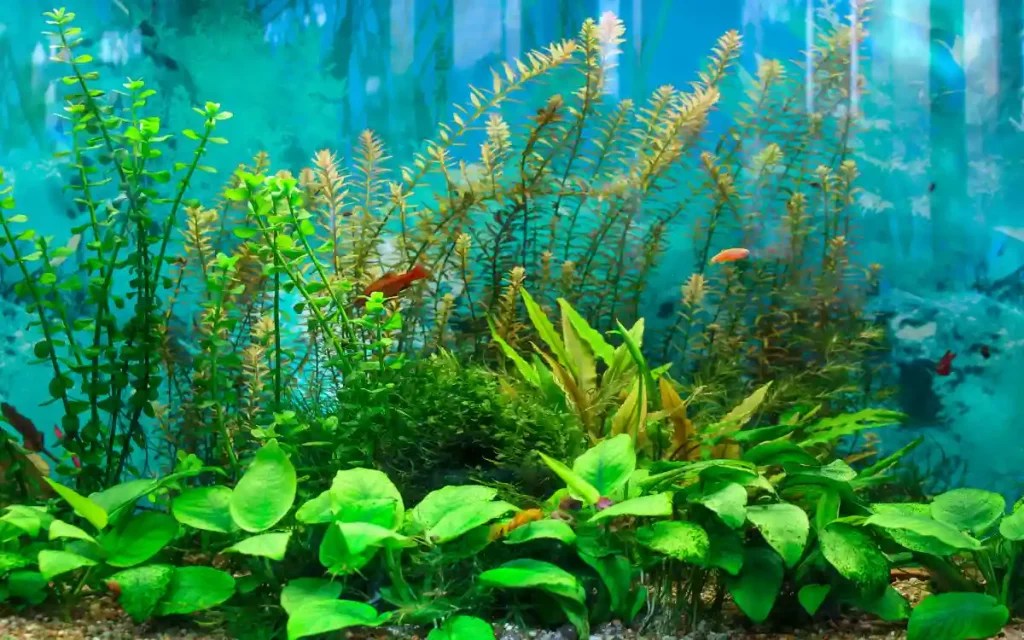
Common Plant Problems and Quick Fixes
| Problem | Cause | Fix |
| Melting | Transition shock | Trim damaged leaves; wait for regrowth |
| Algae growth | Excess light, imbalance | Add fast growers, reduce light |
| Yellow leaves | Nutrient deficiency (N or Fe) | Use liquid fertilizer or root tabs |
| Holes in leaves | Potassium deficiency | Add potassium-based fertilizer |
Tip: Plants take time to adjust. Be patient the first few weeks.
FAQs
Do aquarium plants need special lighting?
No. Many species like Anubias or Java Fern grow under regular LED lights.
Can I use gravel as a substrate?
Yes, but root tabs help feed rooted plants.
Will my fish eat the plants?
Some fish like goldfish do. Use hardy or bitter-tasting plants.
Do I need CO₂ to grow plants?
Not for beginner species. CO₂ helps but isn’t required.
How many plants should I start with?
Start with enough to cover 50% of the substrate—usually 3–5 species depending on tank size.
Final Thoughts
Adding live plants is one of the best upgrades you can make to your aquarium. They make your tank more beautiful, more natural, and healthier for your fish. Start with easy species, give them time to adjust, and enjoy the process of growing your own underwater garden.

